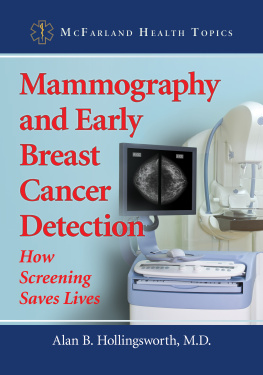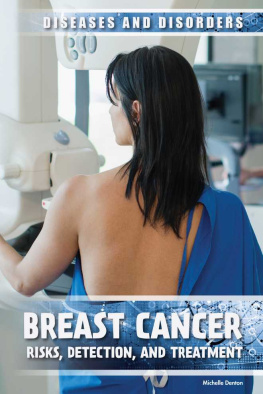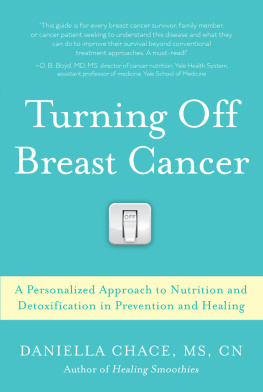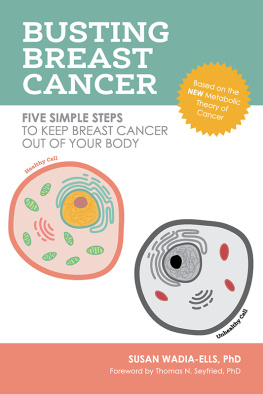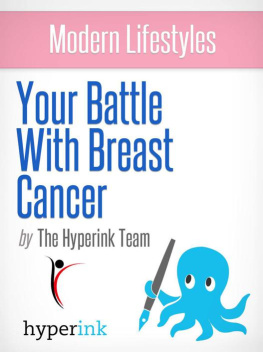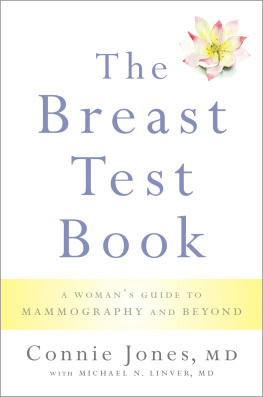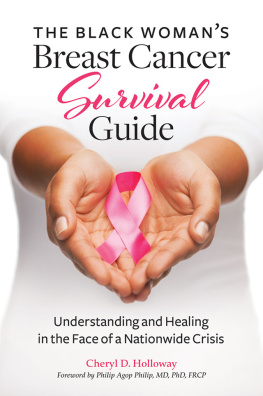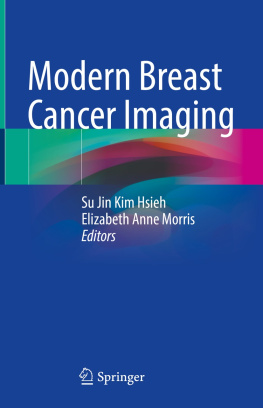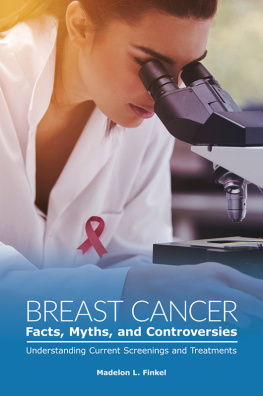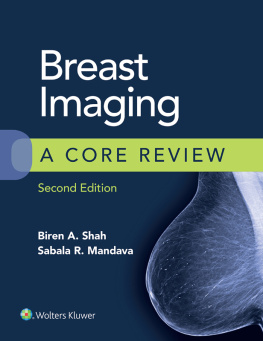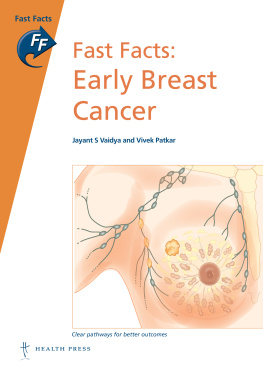MCFARLAND HEALTH TOPICS SERIES
Living with Multiple Chemical Sensitivity: Narratives of Coping. Gail McCormick. 2001
Graves Disease: A Practical Guide. Elaine A. Moore with Lisa Moore. 2001
Autoimmune Diseases and Their Environmental Triggers. Elaine A. Moore. 2002
Hepatitis: Causes, Treatments and Resources. Elaine A. Moore. 2006
Arthritis: A Patients Guide. Sharon E. Hohler. 2008
The Promise of Low Dose Naltrexone Therapy: Potential Benefits in Cancer, Autoimmune, Neurological and Infectious Disorders. Elaine A. Moore and Samantha Wilkinson. 2009
Living with HIV: A Patients Guide. Mark Cichocki, RN. 2009
Understanding Multiple Chemical Sensitivity: Causes, Effects, Personal Experiences and Resources. Els Valkenburg. 2010
Type 2 Diabetes: Social and Scientific Origins, Medical Complications and Implications for Patients and Others. Andrew Kagan, M.D. 2010
The Amphetamine Debate: The Use of Adderall, Ritalin and Related Drugs for Behavior Modification, Neuroenhancement and Anti-Aging Purposes. Elaine A. Moore. 2011
CCSVI as the Cause of Multiple Sclerosis: The Science Behind the Controversial Theory. Marie A. Rhodes. 2011
Coping with Post-Traumatic Stress Disorder: A Guide for Families, 2d ed. Cheryl A. Roberts. 2011
Living with Insomnia: A Guide to Causes, Effects and Management, with Personal Accounts. Phyllis L. Brodsky and Allen Brodsky. 2011
Caregivers Guide: Care for Yourself While You Care for Your Loved Ones. Sharon E. Hohler. 2012
You and Your Doctor: A Guide to a Healing Relationship, with Physicians Insights. Tania Heller, M.D. 2012
Autogenic Training: A Mind-Body Approach to the Treatment of Chronic Pain Syndrome and Stress-Related Disorders, 2d ed. Micah R. Sadigh. 2012
Advances in Graves Disease and Other Hyperthyroid Disorders. Elaine A. Moore with Lisa Marie Moore. 2013
Cancer, Autism and Their Epigenetic Roots. K. John Morrow, Jr. 2014
Living with Bipolar Disorder: A Handbook for Patients and Their Families. Karen R. Brock, M.D. 2014
Cannabis Extracts in Medicine: The Promise of Benefits in Seizure Disorders, Cancer and Other Conditions. Jeffrey Dach, M.D., Elaine A. Moore and Justin Kander. 2015
Managing Hypertension: Tools to Improve Health and Prevent Complications. Sandra A. Moulton. Series Editor Elaine A. Moore. 2016
Mammography and Early Breast Cancer Detection: How Screening Saves Lives. Alan B. Hollingsworth, M.D. 2016
Mammography and Early Breast Cancer Detection
How Screening Saves Lives
ALAN B. HOLLINGSWORTH, M.D.
MCFARLAND HEALTH TOPICS

McFarland & Company, Inc., Publishers
Jefferson, North Carolina
LIBRARY OF CONGRESS CATALOGUING DATA ARE AVAILABLE
BRITISH LIBRARY CATALOGUING DATA ARE AVAILABLE
e-ISBN: 978-1-4766-2588-1
2016 Alan B. Hollingsworth, M.D. All rights reserved
No part of this book may be reproduced or transmitted in any form or by any means, electronic or mechanical, including photocopying or recording, or by any information storage and retrieval system, without permission in writing from the publisher.
Front cover photograph of mammography machine 2016 Mark Kostich / iStock
McFarland & Company, Inc., Publishers
Box 611, Jefferson, North Carolina 28640
www.mcfarlandpub.com
Acknowledgments
I suppose that Ive set a Guinness world record for the length of time a surgeon has officed with breast radiologists23 years straight, and counting. I owe a great deal to a long list of these physicians who have shared their experience and knowledge with me, allowing my claim as a quasi-radiologistnot so much with interpretations, but in my study of Breast Imaging, Theory of.
Most recently, this would be Drs. Rebecca G. Stough, Melanie Pearce, Carol ODell, Charles Brekke, James Hendrix, John Bowers, and Angela McCoy, all of them supported, in turn, by our breast center staff, led by manager Nancy Miller, RT.
A high-risk screening program incorporates both prediction and detection, and our program at Mercy Breast Center has been the springboard for this book. Prediction requires risk analysis that often includes genetic testing in order to determine the probability of breast cancer. To that end, I owe a great deal to my now-retired clinical nurse specialist, Sharon Nall, APRN-CNS, MS, OCN, CBCN (and a few more letters I cant recall), who took her extensive oncology background from years prior, and from 1999 on, focused entirely on breast cancerfirst as my clinical nurse, then as our breast cancer nurse navigator (before the term was widely known), then devoting the final phase of her career to risk assessment and genetic testing. Today, that program continues in top-notch form with board-certified genetic counselor Julie Beasley, MS, LCGC, and Marsha Pratt, M.D., board-certified medical geneticist, both of whom bring a unique level of expertise to a community-based breast cancer program.
Keeping us all in line and on time is the administrative director of the high-risk program, Michelle Hauge, who has been with me since my arrival at Mercy in 1999. Imaging research is commandeered by Kathy Tucker, RT, while blood test research coordinator is Debbie Hudson with Michelle doubling as part-time phlebotomist. Research nurses Paige Chiles and Christina Caldwell, along with Ana Carr and the IRB team, were of critical help in the Provista multi-site trial for the blood test. We are also indebted to Ellen Wardlaw, RN, our nurse navigator, who offers universal assistance to our program. Valued administrative assistance is provided by Andrea Bunnitt, Lara Gaston, RN, and Tracy Higgs, RN. And for her graphic design of the illustrations in this book, as well as the same in years past, I am indebted to Nita West.
General thanks go out to all members of the breast cancer team at Mercy Hospital, Oklahoma City, including the physicians from multiple specialties as well as other providers and support staff who work to make the weekly breast conference successful, while delivering high quality patient care. Too, thanks to the administration, notably CEO Jim Gebhart, COO Aaron Steffens and (now retired) Dr. Mark Johnson, M.D., who allowed me to have an academic afterlife, preserving my research goals in the community hospital setting.
Of course, all the work in predicting the probability of breast cancer through risk analysis and genetics would be pointless without effective interventions, and the key here is early detection through multi-modality imaging for the high risk patient. One might think it would be relatively easy to buy a breast MRI, plug it in, and start counting cancers. It is not. Let me rephrase thatits not easy to do it well. To that end, Dr. Rebecca G. Stough picked up the ball and ran with it, treating the breast MRI program as her baby, with extraordinary efforts at quality assurance, given the wide variation in outcomes being reported across the country. Her efforts in providing a center of excellence for Oklahoma ended up generating a national presence. Once believing that her future was sitting in a dark room interpreting mammograms, Dr. Stough found herself under the lights at the experts podium, speaking about breast MRI and helping to train other radiologists across the country. Recently, Dr. Stough was joined in leading our breast imaging program by Dr. Melanie Pearce, a fellowship-trained breast radiologist deeply devoted to high quality patient care.
Next page
